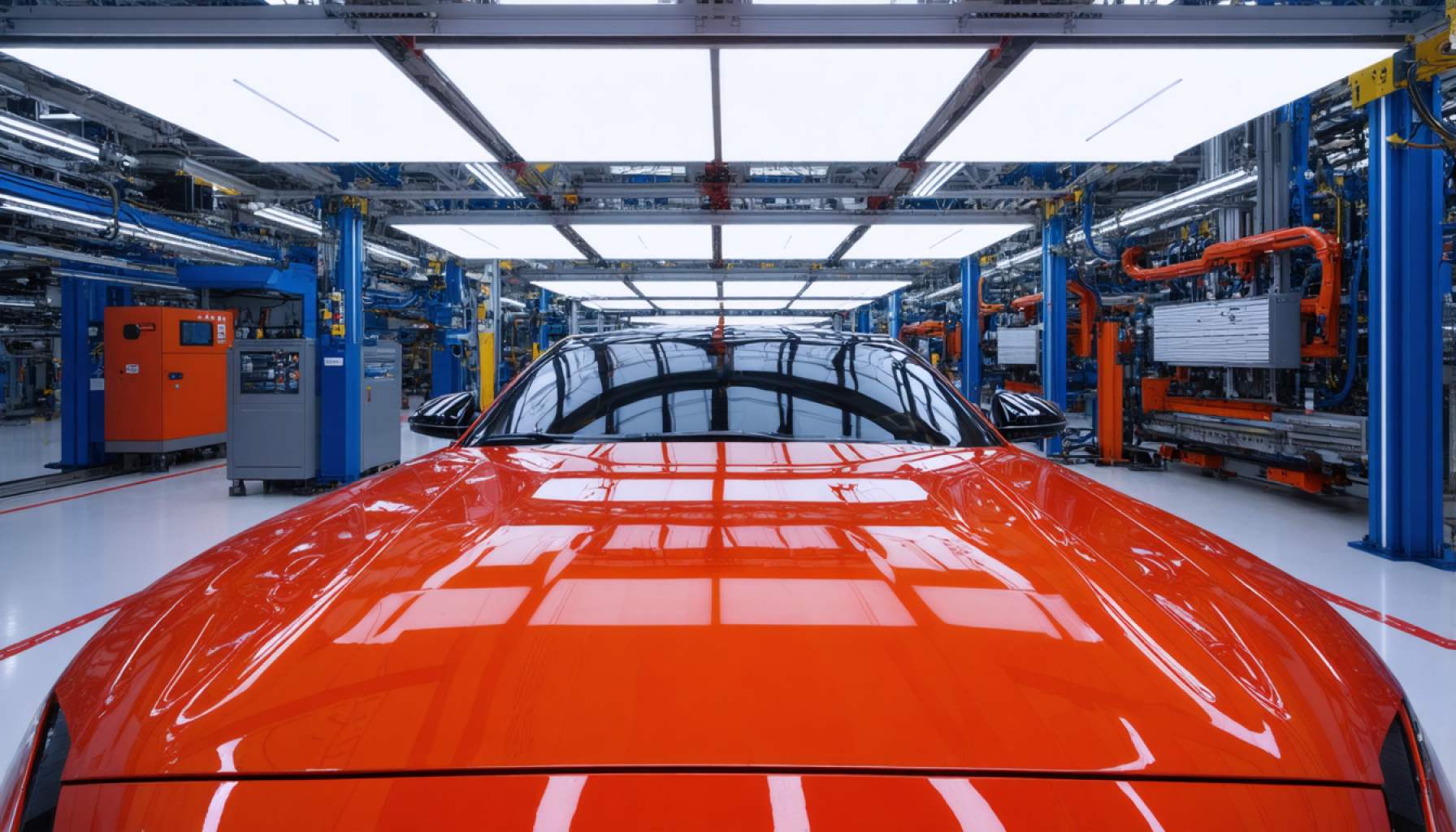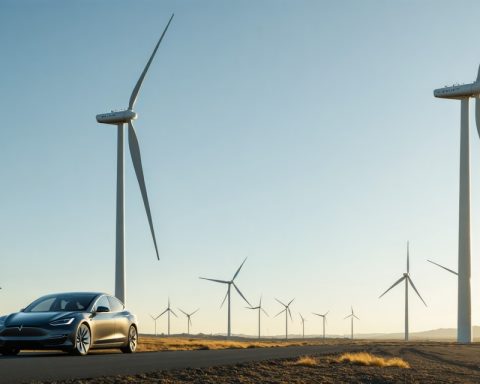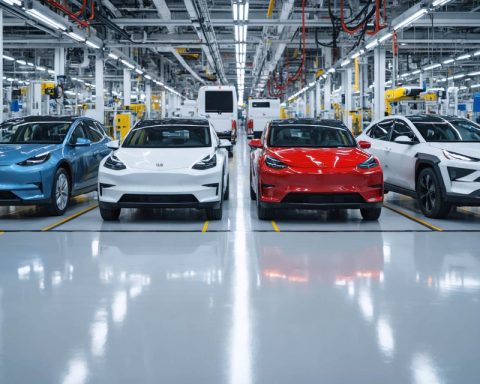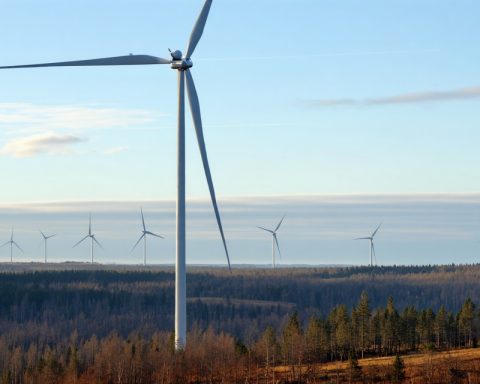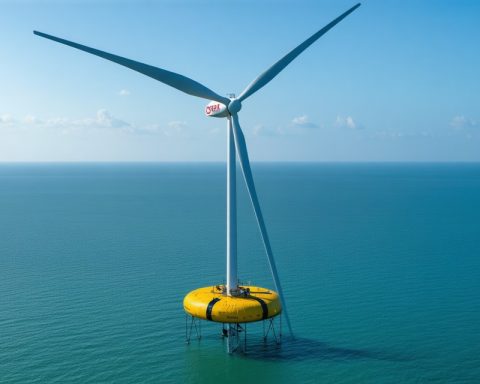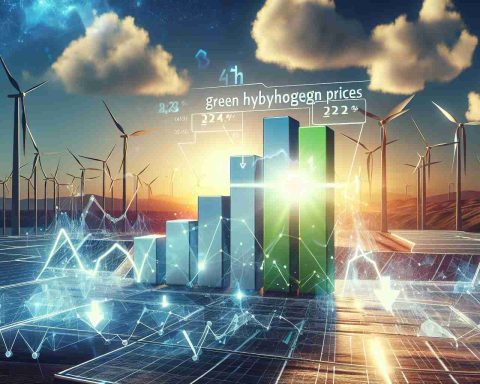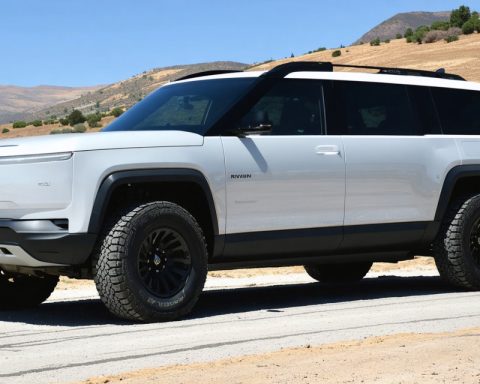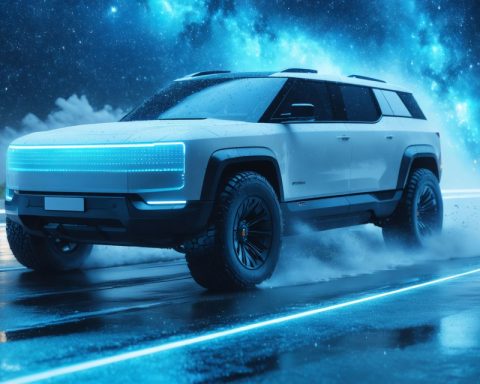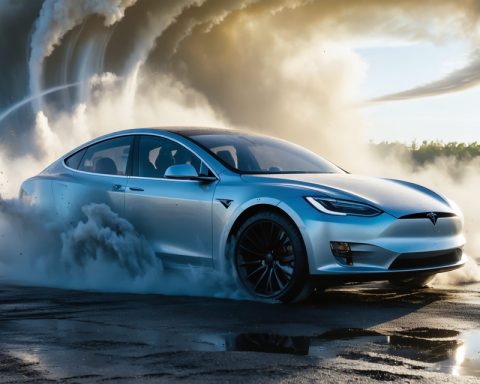- Jaguar Land Rover is intensifying its electrification strategy with 150 new engineering roles in the West Midlands, focusing on electric vehicle innovation.
- The Solihull factory will create 50 engineering positions to produce an electrified Range Rover, while Wolverhampton will add 100 roles for its Electric Drive Unit and battery assembly lines.
- By 2030, the company plans to invest £18 billion in electrification, offering electric versions of its entire lineup under its “Reimagine” strategy.
- Approximately 20,000 employees will receive training in electrification and digital technologies to support this transition.
- Jaguar Land Rover’s revised plan includes introducing four pure EVs by 2026, alongside hybrids, to adapt to market conditions.
- Production of the eagerly awaited electric Range Rover SUV will start in Solihull, with 57,000 customers lined up.
- A new luxury electric four-door GT is also planned, signaling a refined, luxurious electrified future for the brand.
A sleek transformation sweeps through the heart of England as Jaguar Land Rover intensifies its commitment to a sustainable future. The iconic British automaker is ramping up its electrification strategy with the creation of 150 engineering roles aimed at driving innovation from within the West Midlands—a crucial step in securing its place in a rapidly evolving automotive landscape.
In the historic region of Solihull, 50 new engineering positions herald a new era for the factory as it pivots to produce the electrified version of the renowned Range Rover. Meanwhile, across at Wolverhampton’s Engine Manufacturing Centre, a further 100 positions are poised to breathe life into the company’s Electric Drive Unit (EDU) and battery assembly lines. These roles are pivotal not only in crafting components but in powering the future of the fleet.
Jaguar Land Rover’s strategy, dubbed “Reimagine,” underscores the company’s audacious plan to offer electric versions of its entire lineup by the end of the decade. With this strategy, the company envisions a £18 billion investment injected into its electric revolution by 2030—a bold testament to its commitment to both innovation and the environment.
Central to this reinvention is a workforce equipped for tomorrow’s challenges. Jaguar Land Rover is investing heavily in its people, ensuring approximately 20,000 employees undergo extensive training in electrification and digital technologies. The company’s executive leadership believes infusing fresh talent with cutting-edge technical skills is vital to sustain momentum across its flagship plants.
Moreover, the transition in Wolverhampton marks a historic shift. The site, once known for internal combustion engines, is embracing a future powered by electricity, producing driving units and battery packs for Jaguar Land Rover’s next-generation models.
Despite amending its electrification target—instead of launching six pure EVs by 2026, Jaguar Land Rover will release four—this strategic pivot incorporates hybrids, reflecting market realities and a moderated tilt towards electric vehicles. The eagerly anticipated electric Range Rover SUV and the Range Rover Sport underscore a future that’s versatile, sustainable, and distinctly luxurious.
Jaguar Land Rover’s reshaped journey echoes with anticipation: the emblematic electric Range Rover begins production later this year at Solihull, where a staggering 57,000 eager customers await their new drives. Solihull won’t just assemble SUVs; it’s also the destined home for a new luxury electric four-door GT, set to redefine the brand’s electrified essence.
Navigating the electrified path is never just about the cars—it’s about crafting the drive of the future with sparks of innovation, ensuring Jaguar Land Rover not only adapts but leads the charge into tomorrow’s roads.
A Deep Dive into Jaguar Land Rover’s Electrification Ambitions
The Electrification Strategy and Market Context
Jaguar Land Rover (JLR) is making a significant pivot towards electrification, reflecting broader industry patterns. By 2030, the global electric vehicle (EV) market is expected to grow exponentially, driven by technological advances and increasing regulatory pressures to reduce carbon emissions. JLR’s £18 billion investment is aimed at ensuring it captures a substantial slice of this booming market.
How Jaguar Land Rover is Leading in Electric Transformation
Workforce Training: JLR’s ambitious strategy includes a substantial investment in retraining approximately 20,000 employees. This focuses on electrification and digital technology, crucial areas for staying competitive as automotive technology rapidly evolves.
Focus on Engineering Talent: With 150 new roles specifically for engineering in the West Midlands, JLR highlights the importance of in-house innovation. These roles are vital in crafting the next generation of EV components and systems.
Electric Drive Unit (EDU) Focus: Wolverhampton’s transition from internal combustion engine production to EDUs and battery packs places it at the forefront of JLR’s electric ambitions. This shift is not only a technical transformation but a cultural one, embracing sustainability over traditional combustion methods.
Market Trends and JLR’s Position
Global EV Market Growth: EV sales are projected to reach around 30% of new car sales by 2030, according to the International Energy Agency. This positions JLR well if it successfully electrifies its lineup.
Integration of Hybrids and EVs: JLR’s inclusion of hybrids alongside full EVs in their strategy reflects a pragmatic recognition of current consumer demands and charging infrastructure limitations.
Reviews & Comparisons
Electric Range Rover vs. Competitors: The electric Range Rover and the upcoming luxury four-door GT will enter a competitive market, challenging vehicles from Tesla, Audi, and Mercedes-Benz. JLR’s offering focuses on luxury and sustainability, unique selling points that could differentiate its products.
Sustainability Efforts: Beyond cars, JLR’s commitment to reducing its carbon footprint is echoed in its production methods and materials, aligning with consumer trends favoring sustainable brands.
Controversies & Limitations
Target Adjustments: JLR’s decision to shift from launching six EVs by 2026 to releasing four reflects challenges in scaling up production and technological hurdles.
Infrastructure Challenges: Like many automakers, JLR faces the broader industry issue of insufficient charging infrastructure, which could impact customer adoption rates.
Quick Tips for EV Enthusiasts
1. Consider Total Cost of Ownership: EVs typically have lower maintenance costs due to fewer moving parts. Factor this into your purchasing decision.
2. Stay Informed on Incentives: Keep abreast of EV incentives in your region, which can significantly reduce the upfront cost of an electric vehicle.
3. Evaluate Charging Solutions: Look into home charger installations and check the availability of public chargers in your area to ease transition to an EV.
Actionable Recommendations
– Potential Buyers: Explore JLR’s new electric offerings if seeking luxury combined with sustainability. Stay updated on release dates to capitalize on early incentives.
– Industry Professionals: Consider investing in skills related to electric vehicle engineering and digital technologies, as the auto industry continues to shift towards these areas.
For more insights into Jaguar Land Rover’s transformative journey, visit their official website here.
